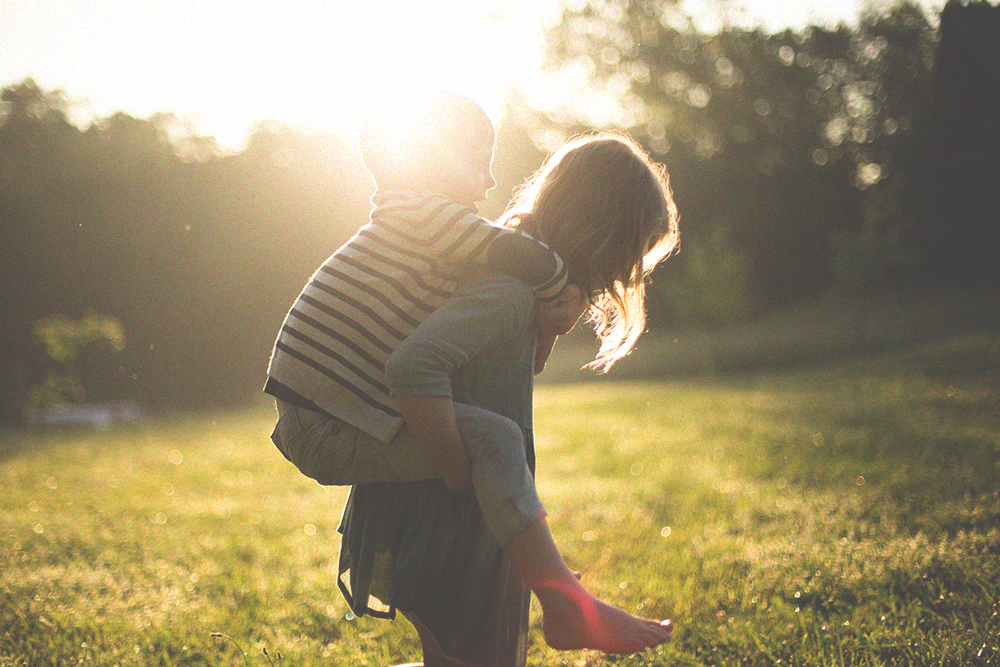For parents, it is incredibly important to help your child form a positive foundation to love and appreciate their bodies early on. Here are 3 ways you can begin to guide your child towards a better understanding of what a strong, healthy body is.
BY: NANCY SIDNAM, MS, RDN
Think back, and you will realize that your current relationship with your body is a reflection of your perception of what physical health is early on in childhood and adolescence. Body dissatisfaction can start to develop from a very young age, leading to negative body image that will later put kids at risk for developing poor self-esteem, depression, and even eating disorders.
But what exactly is body image?
It’s the thoughts and feelings an individual holds about their body and appearance. Body image can be influenced by a number of factors, including self-perception, family, friends, peers, the media, and broader social and cultural norms. The good news is that parents can play an important role in helping their child cultivate a positive body image and reshape the way their environment will affect their thoughts.
Here are 3 simple ways to stay involved and help them get started:
1. Set a positive example.
Your kids are likely observing everything you do and say. Do you criticize yourself and complain about aspects of your body that you dislike, or talk about your latest diet plans? Comments like these can make them start to question and even worry about their own bodies and weight.
It’s important to be mindful of how you talk about yourself and how you talk to yourself, especially when the little ones are within earshot. Loving your own body will teach them to love theirs, too! Show them how to appreciate their body and celebrate what it can do. Simple statements like “I love how my thighs look strong and can help me run fast” can go a long way.
2. Don’t focus on weight.
Instead, make it about health. It can be tempting to let the number on the scale define your child’s health – but in reality, we know that bodies come in different shapes and sizes and that “healthy” can look different for everyone.
Now is the perfect time to help kids create healthy habits and show them that healthy living can be fun and feel good! Experiment in the kitchen, have them take part in the grocery shopping, and try new foods as a family. Help them find physical activities that they enjoy. Whether it’s sports, dance, yoga, all that matters is that they do something to move their bodies.
3. Have open conversations about what they see in the media.
The media can have a tremendous influence on us, and we are bombarded by messages all day long telling us how we should look. Children especially may perceive these images in a way that causes them to question their own appearance and start comparing their body to unrealistic ideals.
Start conversations about what they’re seeing and help them learn to recognize the messages and images that are being used to catch their attention. Ask questions, like, “how do they make you feel about yourself?” Talk about what real bodies look like, and emphasize body diversity. Teach them how the media uses retouching and other manipulation techniques to create unrealistic images, and compare the idea of a healthy body to one that you see in the media.
HEADER IMAGE: JENN RICHARDSON
Nancy Sidnam, MS, RDN is a Registered Dietitian Nutritionist and health coach helping young women in their teens and 20s create brighter, healthier futures. Through her wellness coaching practice and The Wellie Project community she has created, Nancy inspires young women to take charge of their lives. Nancy focuses on helping them recognize that no matter what circumstances they are facing, it is possible to be healthy, happy, and confident. Learn more about Nancy at The Wellie Life.

